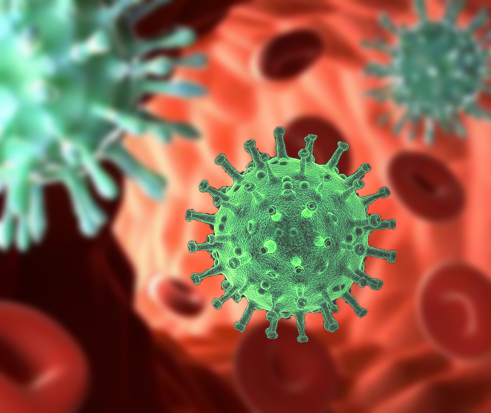New pathogens and antimicrobial-resistant forms of older pathogens continue to emerge, some with the potential for rapid, global spread and high morbidity and mortality. Pathogens can emerge either through introduction into a new population or when the interaction with the vector changes; emergence is also influenced by microbiological adaptation and change, global travel patterns, domestic and wild animal contact and other variants in human ecology and behaviour. Quick, decisive action to detect and control novel pathogens, and thereby contain outbreaks and prevent further transmission, is frequently hampered by incomplete or inadequate data about a new or re-emerging pathogen. Three examples of pathogens that are current causes for human health concern are avian influenza, West Nile virus (WNV) and the severe acute respiratory syndrome (SARS) coronavirus. Pathogens directly or indirectly transmitted by aerosolized droplets, such as avian influenza and SARS, pose considerable containment challenges. Rapid screening tests for other newly described pathogens such as WNV require time for development and may be <100% reliable. The importance of vigilance in the detection and control of newly recognized infectious threats cannot be overstressed. The presence of infectious agents in the blood supply could again have a significant impact on the safe use of both blood and blood-derived products in the care of patients with haemophilia, as did the human immunodeficiency virus in the 1980s. Emerging pathogens will continue to be a reality requiring the collaborative efforts of public health and individual healthcare providers worldwide to contain outbreaks and prevent transmission.
Tapper ML
Haemophilia 2006 Mar



